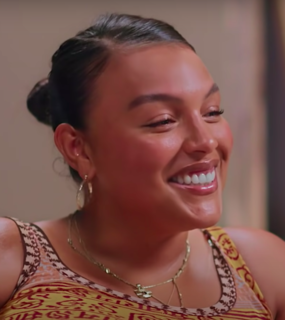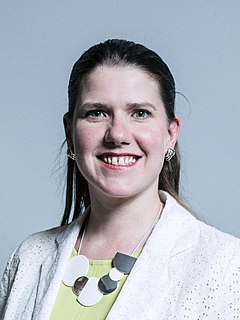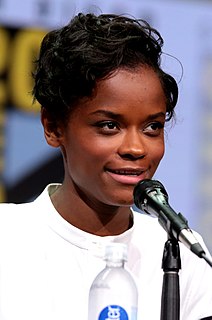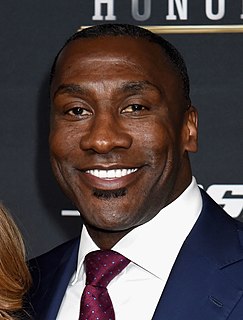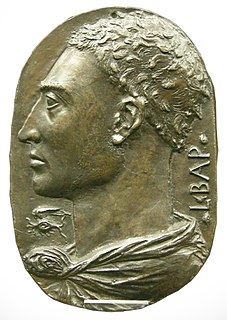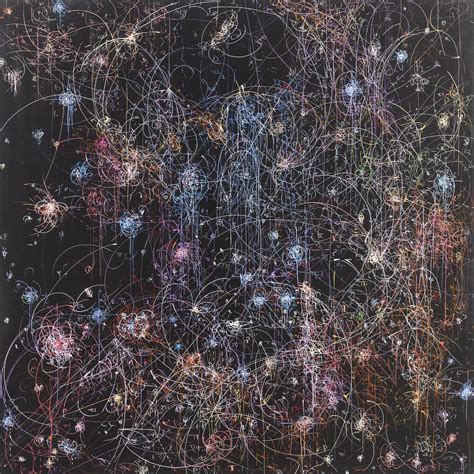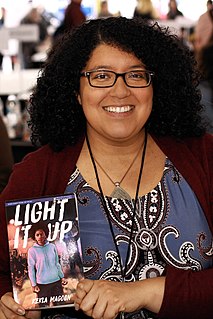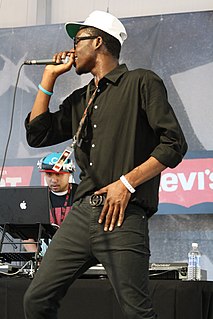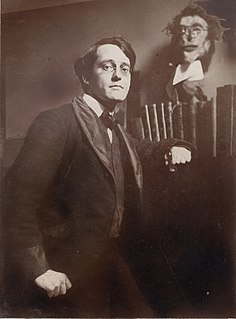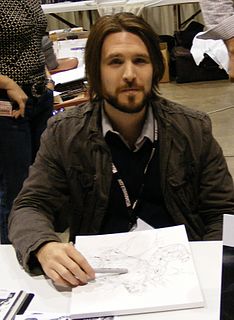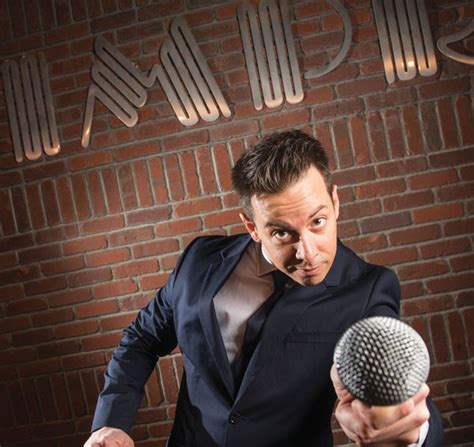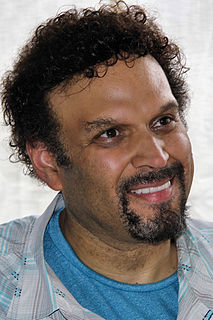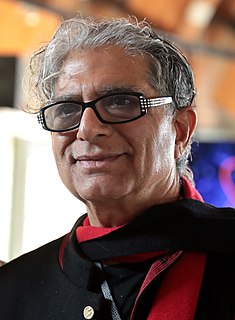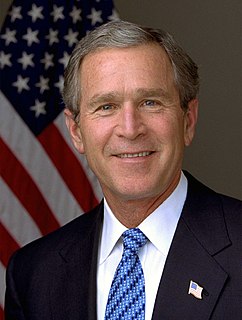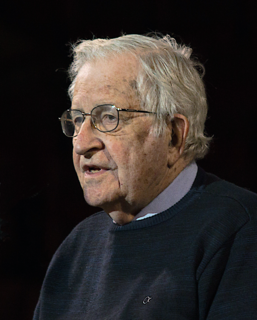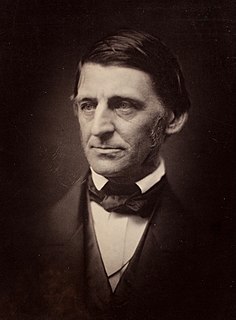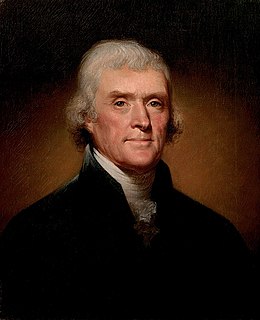A Quote by Paloma Elsesser
It's important to see color. We are not the same. We have very different experiences.
Quote Topics
Related Quotes
But I don't feel that as a politician I'm hugely different. Obviously I have a different set of experiences that chime with experiences that many of my constituents have. I think I essentially still have the same set of values and the issues that are important to me don't seem to have changed hugely.
Everybody's going to do the 3D slightly differently the same way that people are going to deal with color differently. Some movies downplay the color, some color is very vibrant. Color design is very different. We've got to think of 3D like color or like sound, as just part of the creative palette that we paint with and not some whole new thing that completely redefines the medium.
I'm not trying to create an aesthetic that's my own; I'm trying to create a way understanding things through drawing and painting. That's the common thread. Things can look different, but that's not what's important. What's important is the process is the same, the ideas are the same, I'm using the same building blocks, but they're different. The larger framework is the same; it's the pieces that change. For me, it's about these different elements, but you're still fitting them together into sentences, words, paragraphs, and stories.
Color is definitely an important factor for me during all phases of producing a cover. I always start out with a loose idea of what I want to see when I'm doing my initial sketches. This choice can be informed by anything, but I usually tend to lean toward more simple color schemes... something with a very obvious push between warms and cools.
